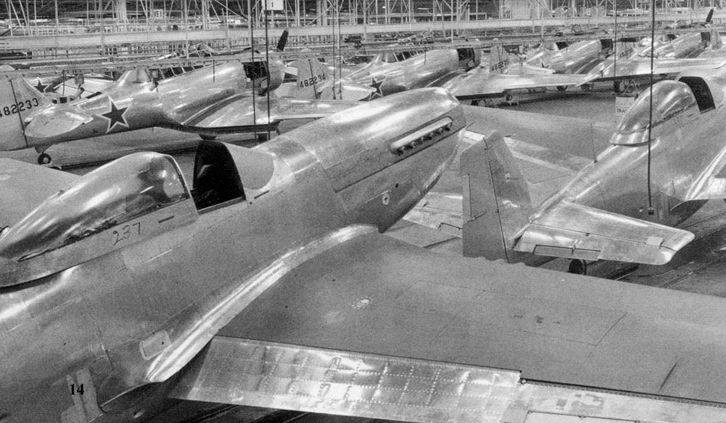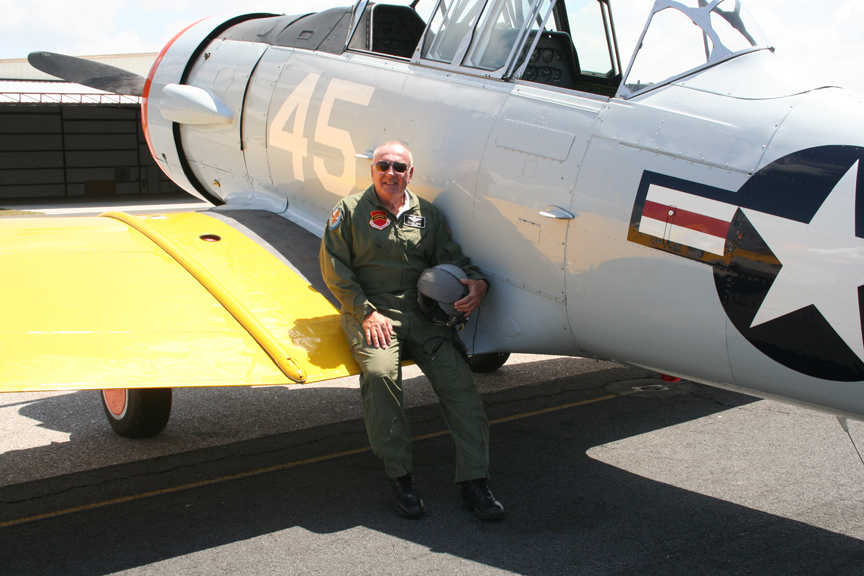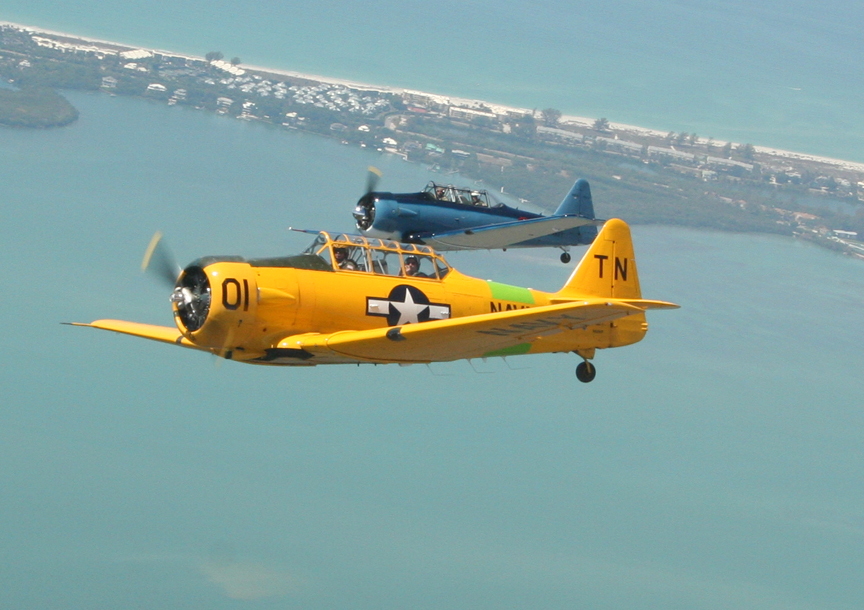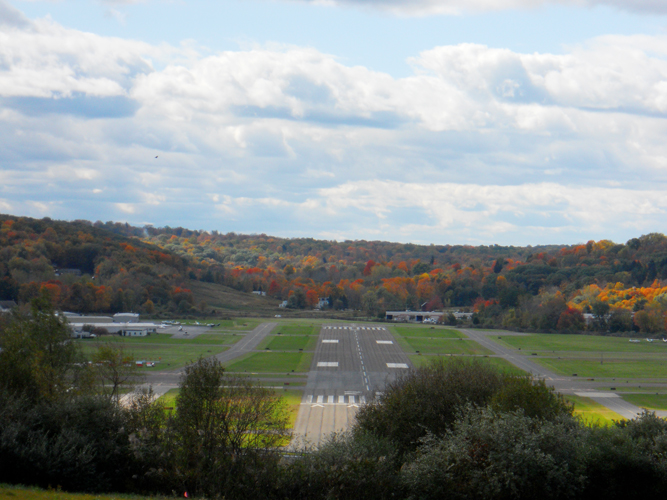The Story Behind the Epigraph
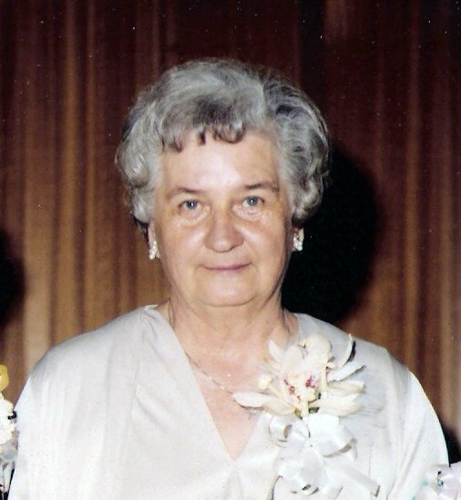
Aunt Anne, My Mentor, My Muse
Most people have someone in their lives that have inspired them. My Aunt Anne, that’s Anne with an e, was mine. She is the person who, without overtly telling or encouraging me, inspired me to write. Aunt Anne was like a second mother to me. I am more like her in so many ways than my own mother. In my love of writing, reading, travel and a shared hatred of yard work. Our personalities are a lot alike, as well.
It began with a thoughtful gift back in 1974. She had a knack of knowing what to gift without asking you. I had just acquired my private pilot’s license, and amid some turmoil in my personal life. She wrote a note to me in the beginning of the book, which is why it is included as part of my first book. She was one of my most staunch supporters, along with my dear “CUZ,” in my quest to fly. But, unbeknownst to her, and me at the time, she inspired me to not only pursue my love of aviation, but a passion for writing.
Her gift was a book of short, non-fiction stories by Richard Bach titled, “A Gift of Wings,” now out of print. This book is one of my most prized and precious possessions because it came from her. It inspired me to capture my experiences, as well. It started me on the road to writing for no other reason than to just write. And write I have. Many of my past life experiences are written down, with a plethora more to go.
During my tenure as an airline pilot, I was privileged to have traveled to many places others can only dream of, or wish for. All on someone else’s dime. She was always there with me in spirit. Whenever I returned home from a trip, exhausted and, like a horse on a cattle drive, “Feeling like I had been rode hard and put away wet,” I would always, without fail, find a note or card from her. She had a knack of putting a smile on my face and making me chuckle. I would put down my suitcase and the old leather flight bag, and before I trekked upstairs to shower, I would read her note. Sometimes she would get carried away and write so much it would continue up one side of the margin, down the other and around to the back. It would make the tiredness and stress melt away.
She truly was and still is an inspiration to me. So, this first book is very much a part of her. Because of her I read. Because of her, I write.
Thank you, my Mentor, my Muse, My Aunt Anne, with an e.
Love Always, Billy
Blue Skys and Tailwinds
Captain Billy

